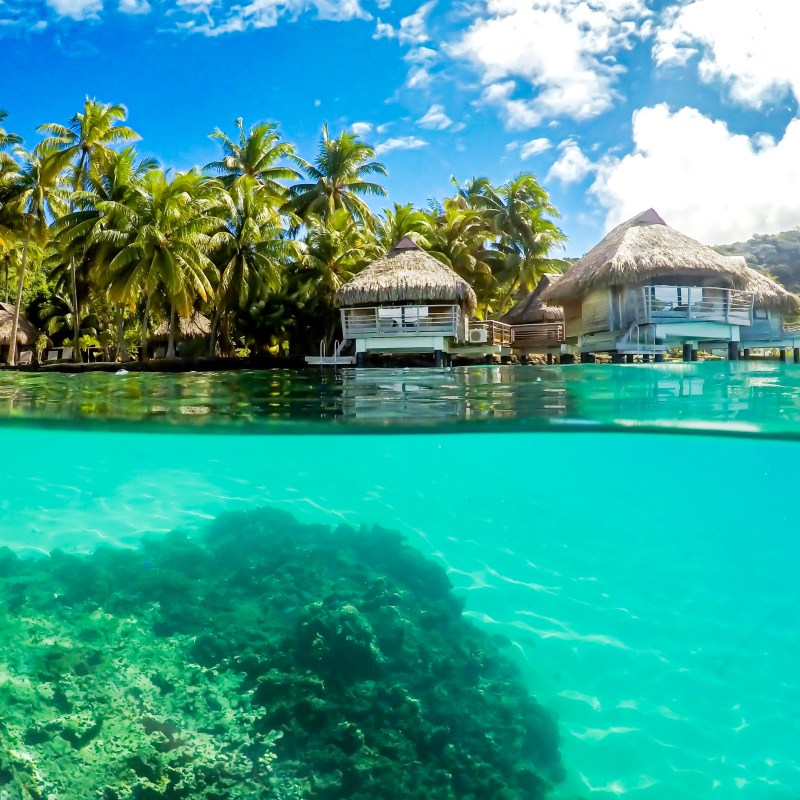
Earlier this year, I covered popular destinations around the world that don’t look exactly like the pictures.
Videos by TravelAwaits
From Bali’s beaches to New York City’s streets, the list exposes how our travel expectations might not be met—at least, not across the board. In the case of Bali, extreme pollution has wreaked havoc on multiple beaches on the island. Meanwhile, New York City’s trash and traffic congestion have left some parts of Manhattan looking a little worse for wear.
I even added Waikiki Beach to the list. Though it’s just as lush and tropical as the photos hint, you might not have realized that high-rise buildings line the beach—which can spoil the mood if you went hoping for a nature-centric trip.
But that doesn’t mean you can’t trust social media accounts hawking saturated, dreamy photos of destinations.
It just means you need to dig a little deeper to make sure you know what to expect before you book any flights or hotels.
Plus, you can always stick to population destinations that actually look better than the pictures. Yes, they’re out there—and some might be closer to home than you thought.
15 popular destinations that look better than the pictures
Maldives

Along with Bora Bora (below), the Maldives is a tropical paradise that’s so untouched, lush, and vibrant that many locations look better than the pictures. Its visual appeal is thanks to the number of atolls, which create sheltered lagoons with bright blue water. Sand is powdery white, while coral reefs are low-lying enough that you can snorkel through them. Visibility is almost 100 feet deep in the warm, welcoming waters of the Maldives.
Bora Bora
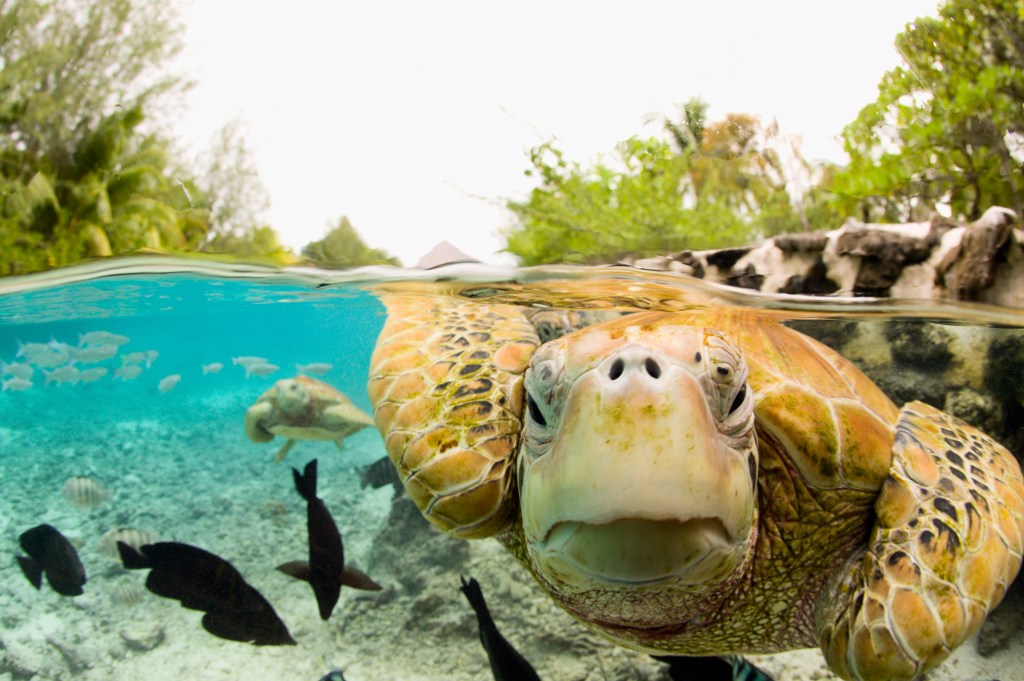
The Maldives are located in the South Indian Ocean, south of India. Bora Bora, on the other hand, is located remotely in the Pacific Ocean in French Polynesia. But the islands have one feature that makes them so endlessly picturesque: small coral islands that create shallow lagoons with bright blue water. Tropical fish and colorful reefs abound, while a backdrop of lush, emerald jungle rises almost 2,500 feet above sea level, adding to the insane views.
Norwegian fjords
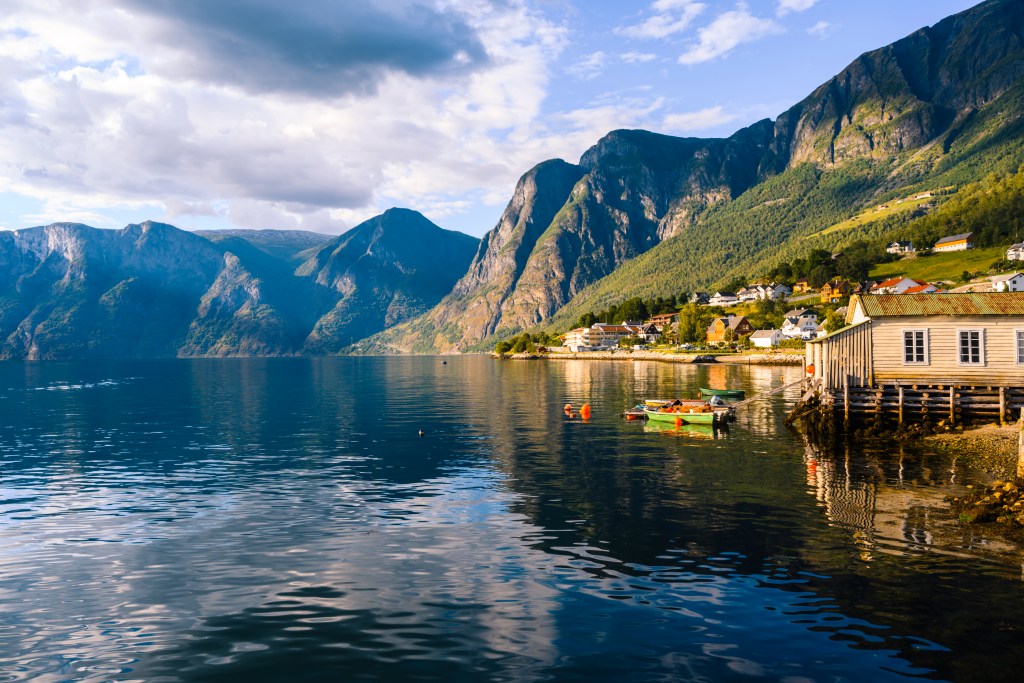
Western Norway is covered in fjords, from Trondheim in the north to Stavanger in the south. Sognefjord is often regarded as the ‘king’ of Norway’s coastal fjords thanks to its scale. The inclines are almost vertical, extending up into the clouds and disappearing. Having visited Sognefjord myself, I can tell you firsthand that it’s up there in terms of gravitas with the Grand Canyon, the Himalayas, and the Swiss Alps. The photos I have of Sognefjord don’t do it justice.
Cappadocia (Turkey)
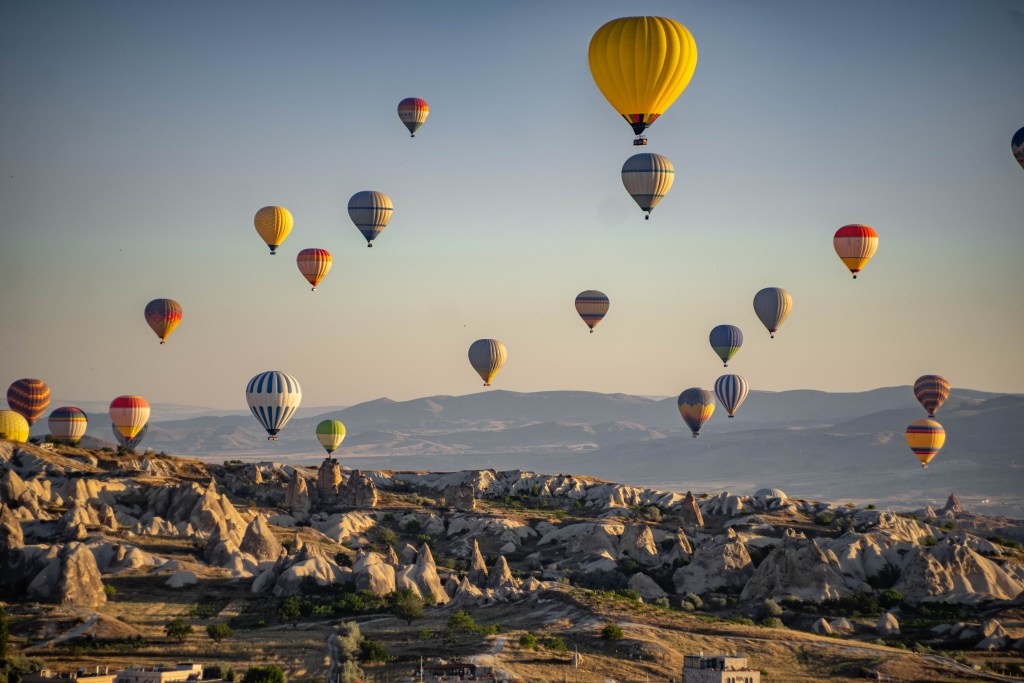
Turkey isn’t short on surprisingly picturesque landscapes—and Cappadocia is easily the most iconic. The area has chimney-like rock formations that are the result of ancient volcanic activity and erosion. Some are even home to cave dwellings. The best way to experience this iconic landscape is to take a hot air balloon ride (equally iconic) through the whole Ihara Valley.
Grand Canyon (USA)
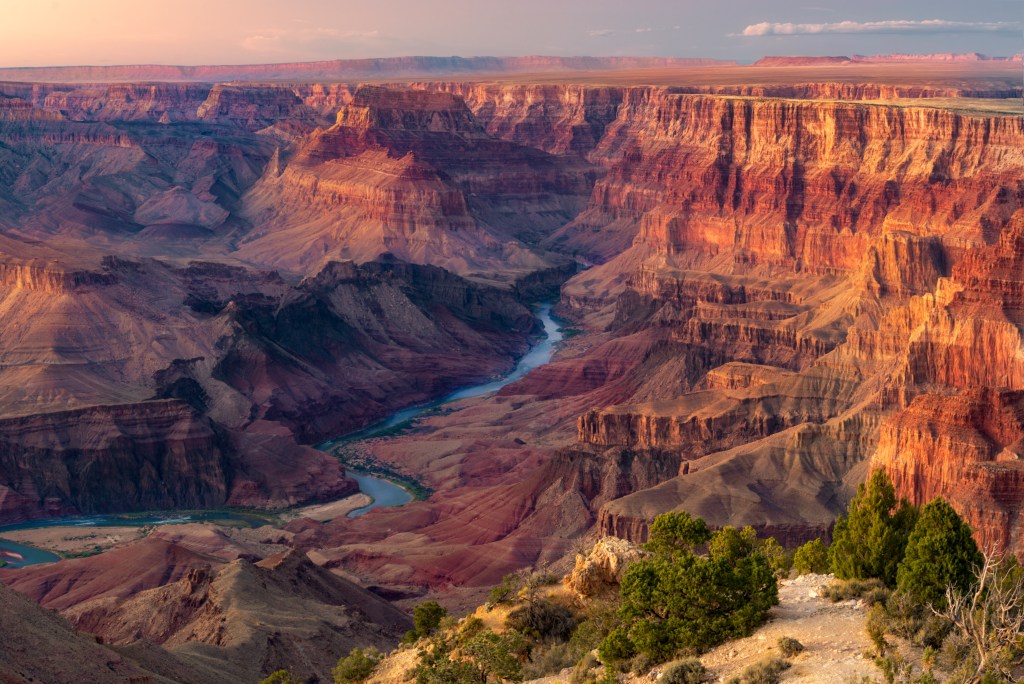
Americans need no introduction to the Grand Canyon—it’s one of our bona fide national wonders. The big question for most of us is… North Rim or South Rim?
Banff (Canada)

Banff National Park is located in Alberta, and is Canada’s first national park and a UNESCO World Heritage Site. It’s home to towering Rocky Mountain peaks that are interspersed with sprawling valleys, turquoise glacial lakes, and an abundance of hiking trails. (Also, an abundance of wildlife—so if you visit, go prepared.) It’s also one of the most accessible destinations that looks better than the photos, similar to the Grand Canyon.
Salar de Uyuni (Bolivia)
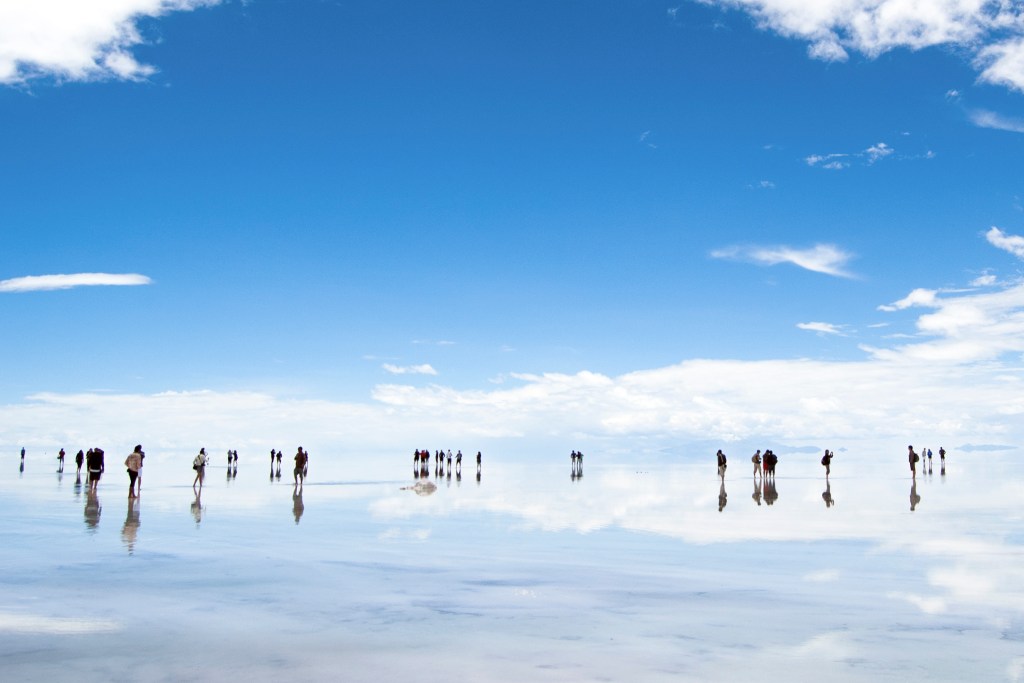
Whether you know the name, you’ve likely seen the photos before. Salar de Uyuni in Bolivia is a 4,000-square-mile salt flat that creates a massive, mirror-like effect. Located in southwestern Bolivia, the salt flats are a remnant of prehistoric lakes that have dried up. If you want to visit, expect pro-level photos that look like they’re out of a dream—but make sure to visit during the rainy season, when the thin water layer is present, from December to April.
Himalayas

Whether you’ll be visiting the Himalayan Foothills or heading straight for a summit like Everest or Annapurna, the Himalayan Mountains will blow your mind. The peaks are often hidden in layers of clouds, while the steep valleys are out of sight, as well. Interspersed between the great mountains are glacial lakes, temperate rainforests, and stunning cliffs that will surprise you. For context, I’ve only seen the Himalayan Foothills (in Sikkim, India), and they were the largest mountains I’ve ever seen.
Palawan (Philippines)

This southern Filipino province is home to dramatic limestone cliffs that jut out of the water (more on this in the Ha Long Bay section, below). The cliffs are covered in lush greenery, while the water is crystal-clear. Palawan is also home to secluded islands you can only reach by boat, along with hidden lagoons with cotton-candy-colored waters.
Jedediah Smith National Park (USA)
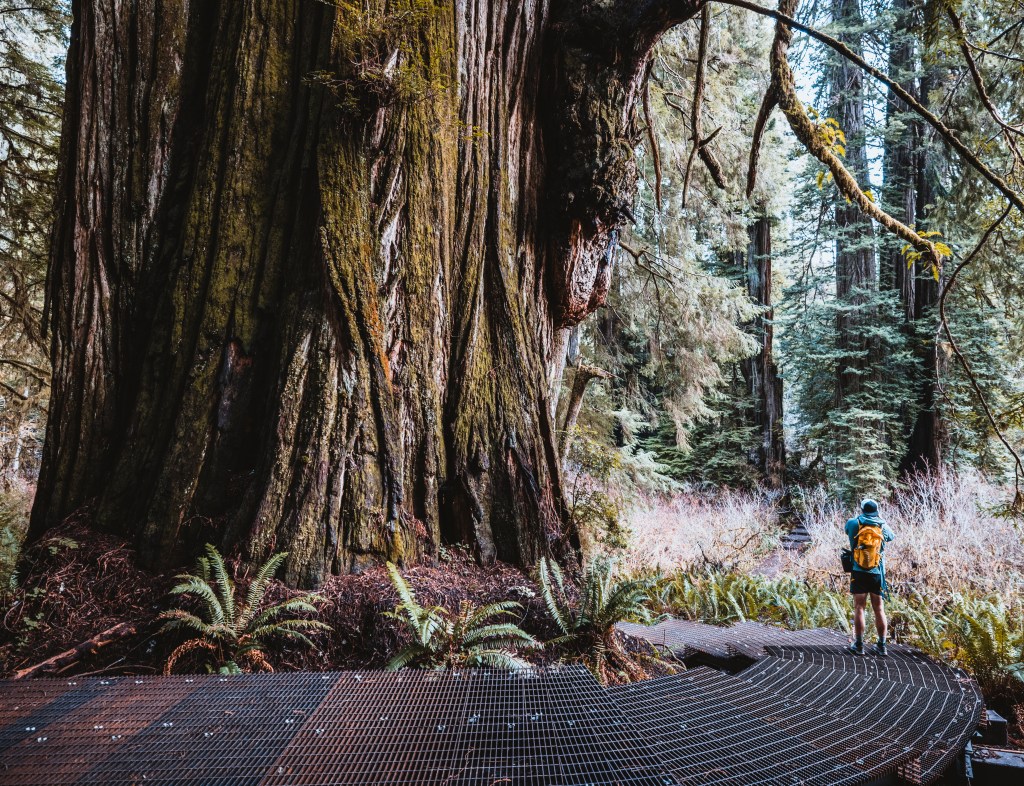
Home to the US’s most mature stretch of redwood forest, Jedediah Smith Redwoods State Park is a hauntingly beautiful sight. Some of its old-growth redwoods are older than 2,000 years, creating a unique, towering canopy that shelters ferns, mosses, azaleas, and other plant life. It’s like walking through a Hollywood movie set.
Ha Long Bay (Vietnam)
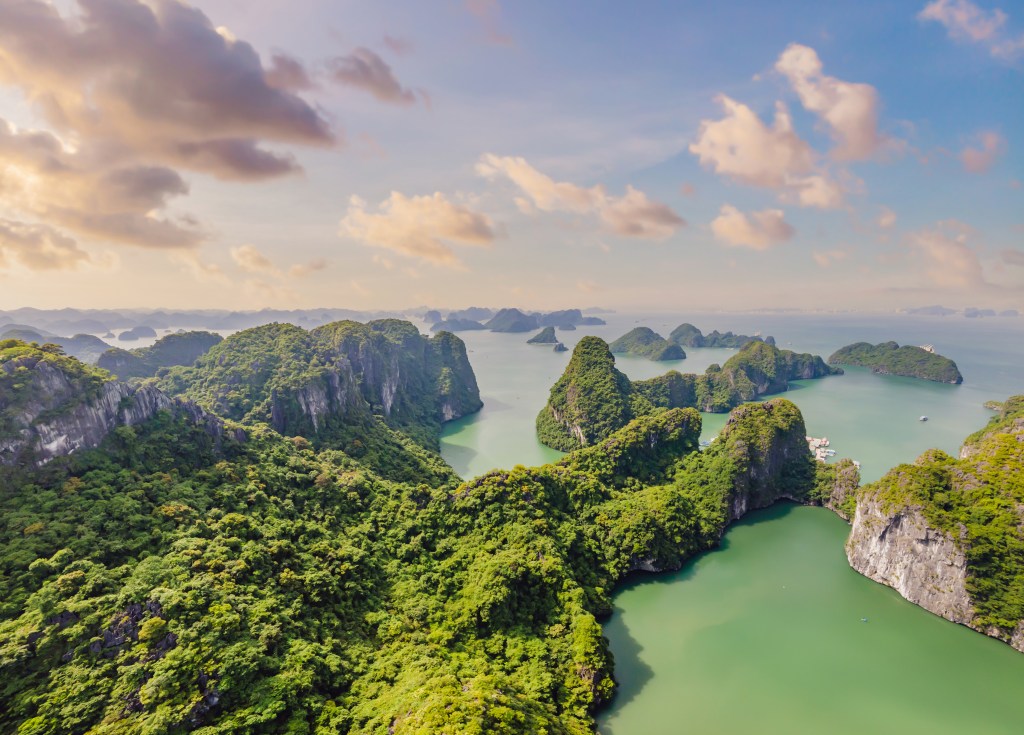
As with Palawan, Ha Long Bay in northern Vietnam is defined by its dramatic limestone cliffs, officially known as karsts. They jut from the water, tinted emerald from all the greenery, and are layered with lush forests. The area is also home to many caves and grottoes, which you can explore by boat. Just keep in mind that the area is prone to mist and cloud coverage—it’s not a beach vacation spot.
Isle of Skye (Scotland)
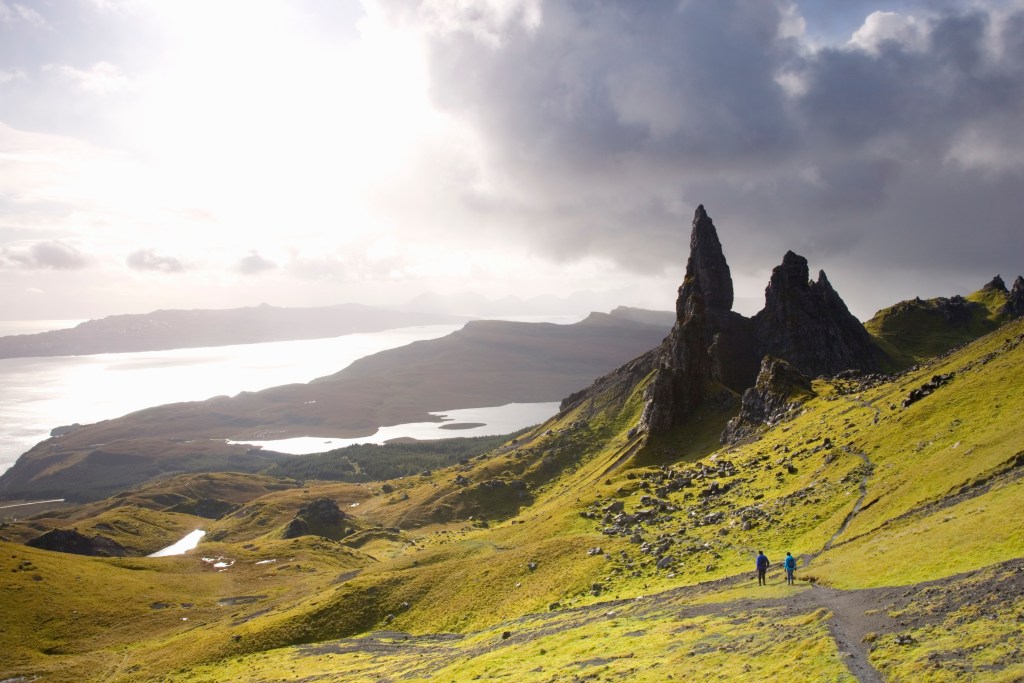
Not everyone finds rugged coastlines beautiful, but the Isle of Skye in Scotland is often dubbed a destination that looks better than the pictures. (It’s also cheaper than you might think to visit.) Its towering sea cliffs and jagged mountain peaks are interspersed by moody lakes, hidden glens, and even waterfalls. The dark-stone formations aren’t like anything you’ve seen before, giving the island an otherworldly feel.
Great Barrier Reef (Australia)

The hype is true. The Great Barrier Reef is one of the world’s most stunning destinations—even if you don’t get in the water. The crystal clear water is home to a network of close to one thousand islands, along with around 3,000 different coral reefs. They’re colorful, complex, and provide shelter to thousands of species of colorful, tropical fish. Think: vibrant colors in just about every shade, especially blue.
Lençóis Marenhenses (Brazil)

Wind, water, and sand have co-created a shocking landscape in northeastern Brazil. The region’s massive sand dunes (some up to 130 feet tall) form long chains that are filled with water during the rainy season. Fresh rainwater fills valleys between the dunes to create mini-lagoons with different depths and shapes. Each rainy season, a new formation of golden dunes and blue pockets of water forms, meaning you’ll never see the same Lençóis Marenhenses twice.
Victoria Falls (Zambia & Zimbabwe)
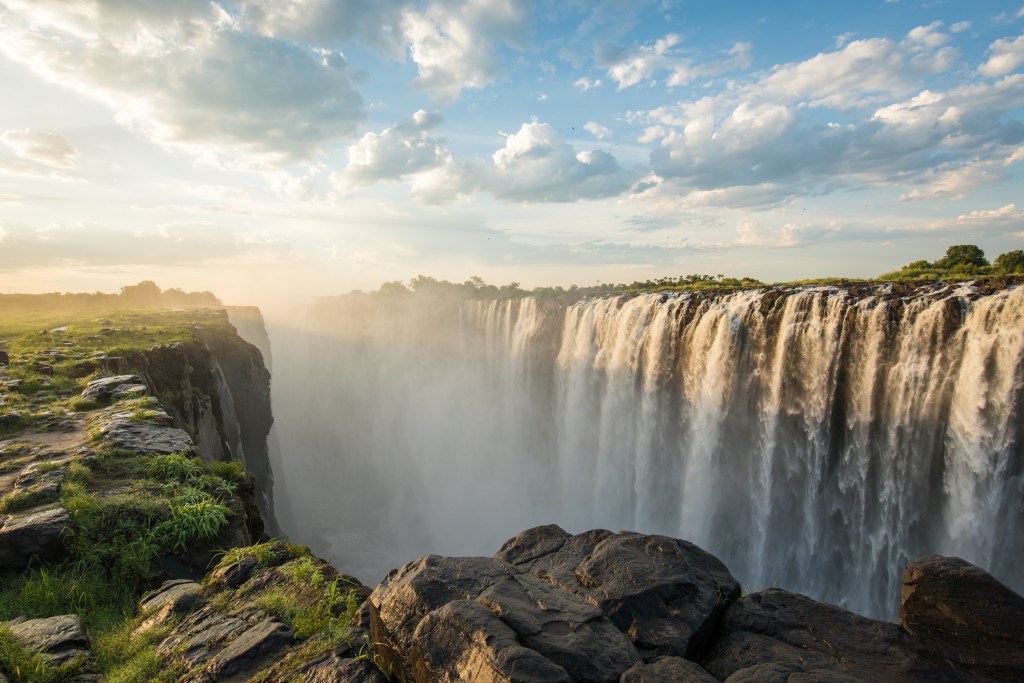
You might know Victoria Falls as the massive waterfall located on the border between Zambia and Zimbabwe, home to the terrifying Devil’s Pool photo op. But do you know how colossal the falls actually are? Victoria Falls is home to five distinct gorges and falls over 350 feet in height. Niagara, by contrast, is only around 167 feet. In short, the scale of Victoria Falls and the sound of its falling water will blow your mind.
